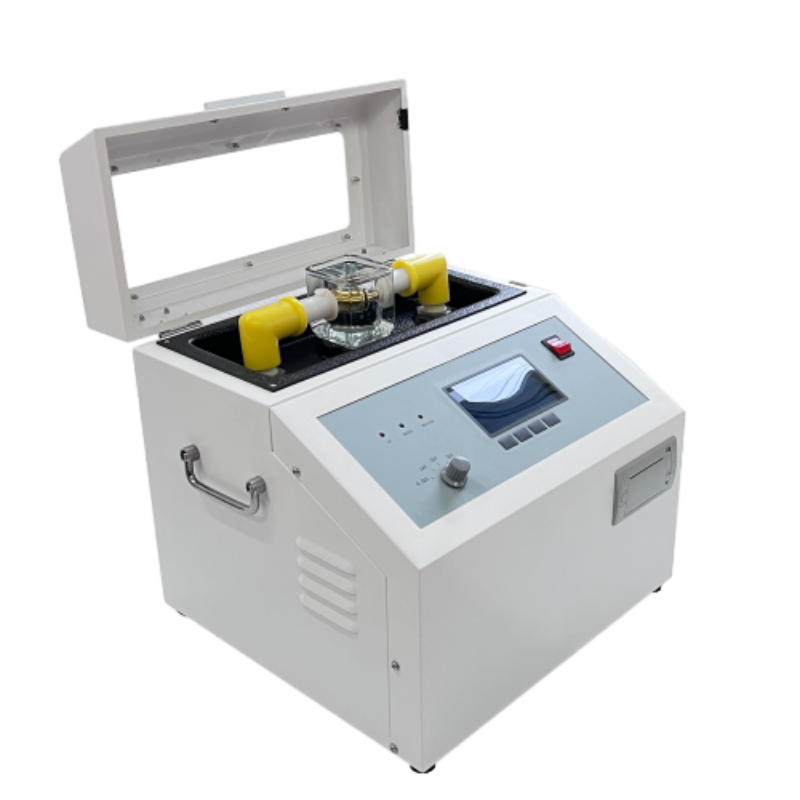 English
English


Comprehensive Analysis and Methodology for Conducting Short Circuit Tests on Transformers
Short Circuit Test of Transformer
The short circuit test of a transformer is an essential procedure performed during the commissioning and maintenance of electrical transformers. This test is crucial for determining the transformer's parameters, including its impedance, copper losses, and regulation. Essentially, it helps in verifying the performance and efficiency of the transformer under short circuit conditions, which can occur during system faults.
Purpose of the Test
The primary goal of conducting a short circuit test is to assess the transformer’s ability to withstand short circuit conditions that may occur during operation. When a fault occurs, the transformer must handle high currents safely without sustaining damage. Furthermore, the short circuit test allows engineers to calculate the short circuit impedance and copper losses, which are critical in designing protective devices and ensuring system stability.
Test Procedure
The short circuit test is generally performed on the low-voltage side of a transformer. To conduct the test, the high-voltage winding is left open-circuited, while the low-voltage winding is shorted. This setup allows a controlled amount of voltage to be applied to the low-voltage side while keeping the high-voltage side safely isolated.
1. Preparation Before conducting the test, ensure all safety protocols are in place. Disconnect the transformer from the main supply and ground all necessary components.
2. Connections Connect a voltage source capable of producing a significant current to the low-voltage winding. Ensure the high-voltage winding remains open-circuited.
3. Testing Gradually increase the applied voltage to the low-voltage side until the desired current flows through the short circuit. This voltage is usually considerably lower than the rated voltage of the transformer.
4. Measurements During the test, measure the current and the applied voltage using appropriate instruments. The values obtained will help calculate the resistance and reactance of the transformer.
Calculations
short ckt test of transformer

The measurements taken during the short circuit test are used to calculate the short circuit impedance (Z) of the transformer. This is determined using the formula
\[ Z = \frac{V}{I} \]
Where - \(V\) is the voltage applied to the low-voltage winding. - \(I\) is the current flowing through the winding.
From the impedance, engineers can further derive the copper losses using the formula
\[ P_{cu} = I^2 \cdot R \]
Where \(R\) is the resistance calculated from the test data. These computations provide insight into the efficiency of the transformer under normal operating conditions.
Advantages of Short Circuit Testing
One of the significant advantages of the short circuit test is that it helps identify the transformer's ability to cope with fault conditions. By understanding the impedance and losses, engineers can design suitable protection mechanisms to prevent damage during actual short circuits. Additionally, the test provides essential data for the selection of circuit breakers and other protective devices.
Conclusion
The short circuit test is an invaluable tool in transformer evaluation, providing vital information about a transformer's operational characteristics under fault conditions. Regular performance assessments, including short circuit tests, can significantly enhance the reliability and longevity of transformers in electrical networks. By ensuring proper functionality and safety, this test plays a crucial role in maintaining the stability of electrical distribution systems, thereby contributing to the overall reliability of power supply infrastructures.
-
Differences between open cup flash point tester and closed cup flash point testerNewsOct.31,2024
-
The Reliable Load Tap ChangerNewsOct.23,2024
-
The Essential Guide to Hipot TestersNewsOct.23,2024
-
The Digital Insulation TesterNewsOct.23,2024
-
The Best Earth Loop Impedance Tester for SaleNewsOct.23,2024
-
Tan Delta Tester--The Essential Tool for Electrical Insulation TestingNewsOct.23,2024





